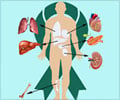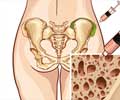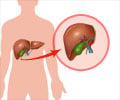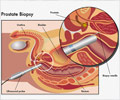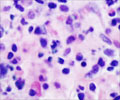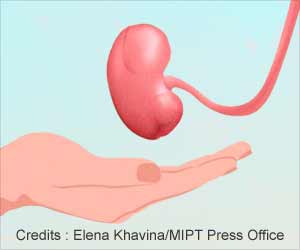A noninvasive way to detect heart-transplant rejection weeks or months earlier than previously possible has been devised by Stanford University researchers.
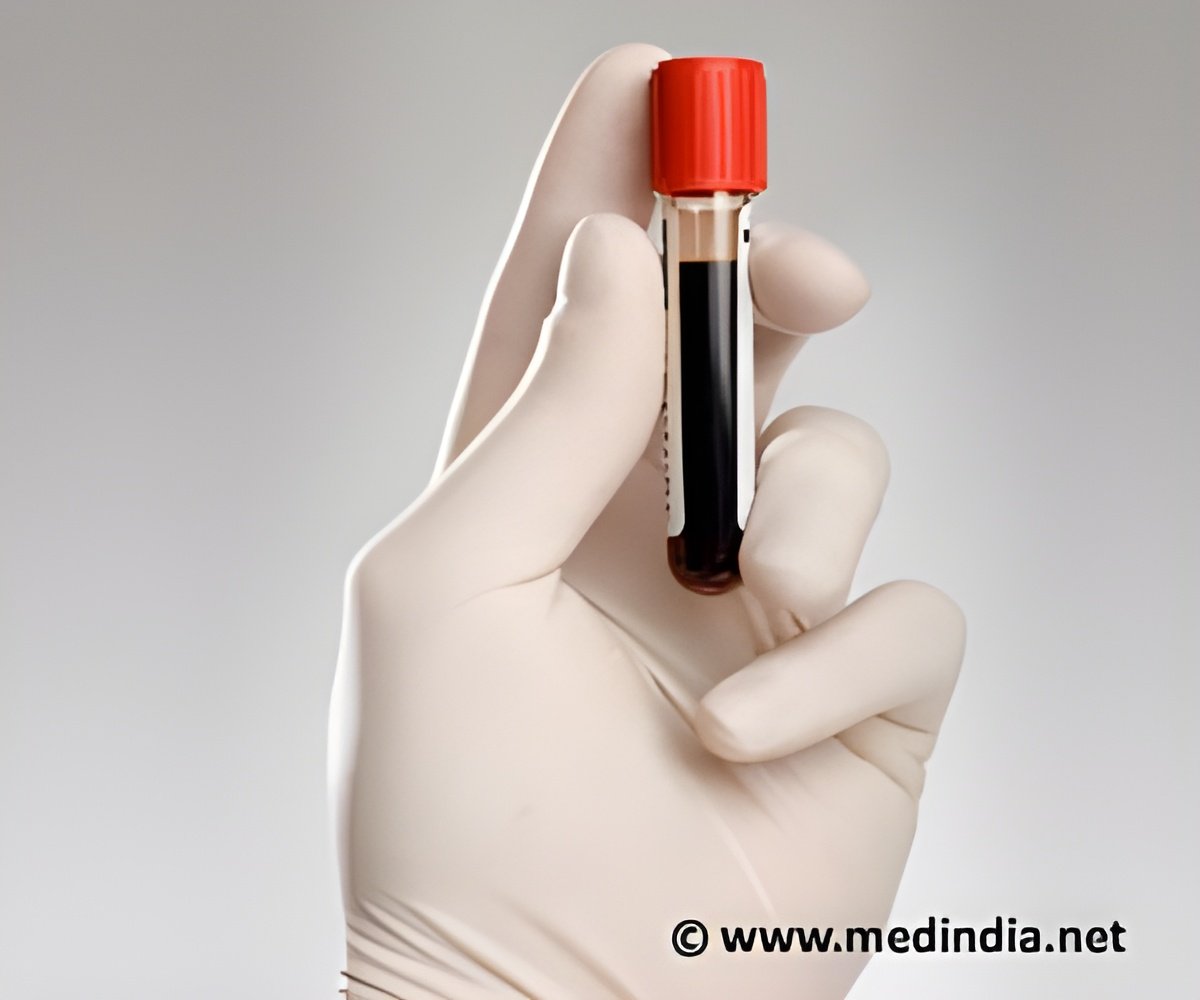
"This test appears to be safer, cheaper and more accurate than a heart biopsy, which is the current gold standard to detect and monitor heart-transplant rejection," said Stephen Quake, PhD, professor of bioengineering and of applied physics. "We believe it's likely to be very useful in the clinic."
Quake, the Lee Otterson Professor in the School of Engineering and a Howard Hughes Medical Institute investigator, is a senior author of the study, which will be published June 18 in Science Translational Medicine. Kiran Khush, MD, assistant professor of medicine, is the other senior author. Postdoctoral scholar Iwijn De Vlaminck, PhD, is the lead author.
The test, called a cell-free DNA test, is different from another blood test, AlloMap, used to detect rejection. The commercially available AlloMap uses a blood sample to analyze the expression of immune-system genes involved in rejection. The researchers found that the cell-free DNA test outperformed AlloMap by a substantial margin.
"We've found that this cell-free DNA assay is a very accurate way to diagnose acute rejection, sometimes weeks to months before a biopsy picks up any signs," Khush said. "This earlier detection may prevent irreversible damage to the transplanted organ."
Recipients with signs of rejection can be placed on anti-rejection medications to mitigate the immune system's attack. Sometimes, however, the rejection episode is too strong and a second transplant is required.
Advertisement
The study of 65 patients (21 children and 44 adults) extends and confirms the results of a small pilot study completed in 2011 by the Stanford researchers. Whereas the earlier study used stored blood samples and medical histories from seven people, the new study followed patients in real time before and after transplant. The researchers directly compared the results of simultaneously collected biopsies and blood samples, and tracked how the values changed during the rejection process.
Advertisement
The cell-free DNA test is possible because heart cells attacked and killed by the immune system release their genetic material into the bloodstream. It's difficult, however, to pick out the tiny fraction of donor DNA from the overwhelming majority of recipient DNA circulating in the blood.
In the pilot study of 2011, the researchers first used the presence of the Y chromosome to track the donor DNA when a woman received a heart from a male donor. Then they hit upon using differences in SNPs instead; this method doesn't require a gender mismatch between donor and recipient. They found that, in transplant recipients not experiencing rejection, the donor DNA accounted for less than 1 percent of all cell-free DNA in the recipient's blood. During rejection episodes, however, the percentage of donor DNA increased to about 3 or 4 percent.
In the new study, the researchers monitored 565 samples from the 65 patients to assess the assay under real-time clinical conditions. They found they were able to accurately detect the two main types of rejection (antibody-mediated rejection and acute cellular rejection) in 24 patients who suffered moderate to severe rejection episodes, one of whom required a second transplant. They were also able to detect signs of rejection up to five months before the biopsies indicated anything troubling.
"We wanted to test this technique on a larger scale," said Quake. "This is nearly 10 times the number of patients and 10 times the number of samples that we analyzed in the pilot study. We found the cell-free donor DNA test is clearly better than a biopsy or any of the other methods currently used to monitor transplant patients."
Although much remains to be done to bring the technique into the clinic for routine use — for example, optimizing scale-up and streamlining the analysis so that individual samples can be quickly processed — the researchers are optimistic that biopsies will eventually be used only when a blood test indicates a potential problem. They are also hopeful it can be generalized to detect the rejection of organs other than the heart, and to diagnose other problems such as infections that plague organ transplant recipients.
"This test has the potential to revolutionize the care of our patients," said Khush. "It may also allow us to conduct several diagnostic tests simultaneously. For example, we could also look for microbial sequences in the blood sample to rule out infection or other complications sometimes experienced by transplant recipients. It could allow us to determine whether shortness of breath experienced by a patient is due to an infection or the start of a rejection episode. It could be a one-stop shop for multiple potential problems."
Stanford has applied for a patent relating to the test described in this study. Quake is a consultant for and holds equity in CareDX Inc., a molecular diagnostics company that has licensed a patent from Stanford related to a method used in the study and is developing it for clinical use.
Source-Eurekalert

